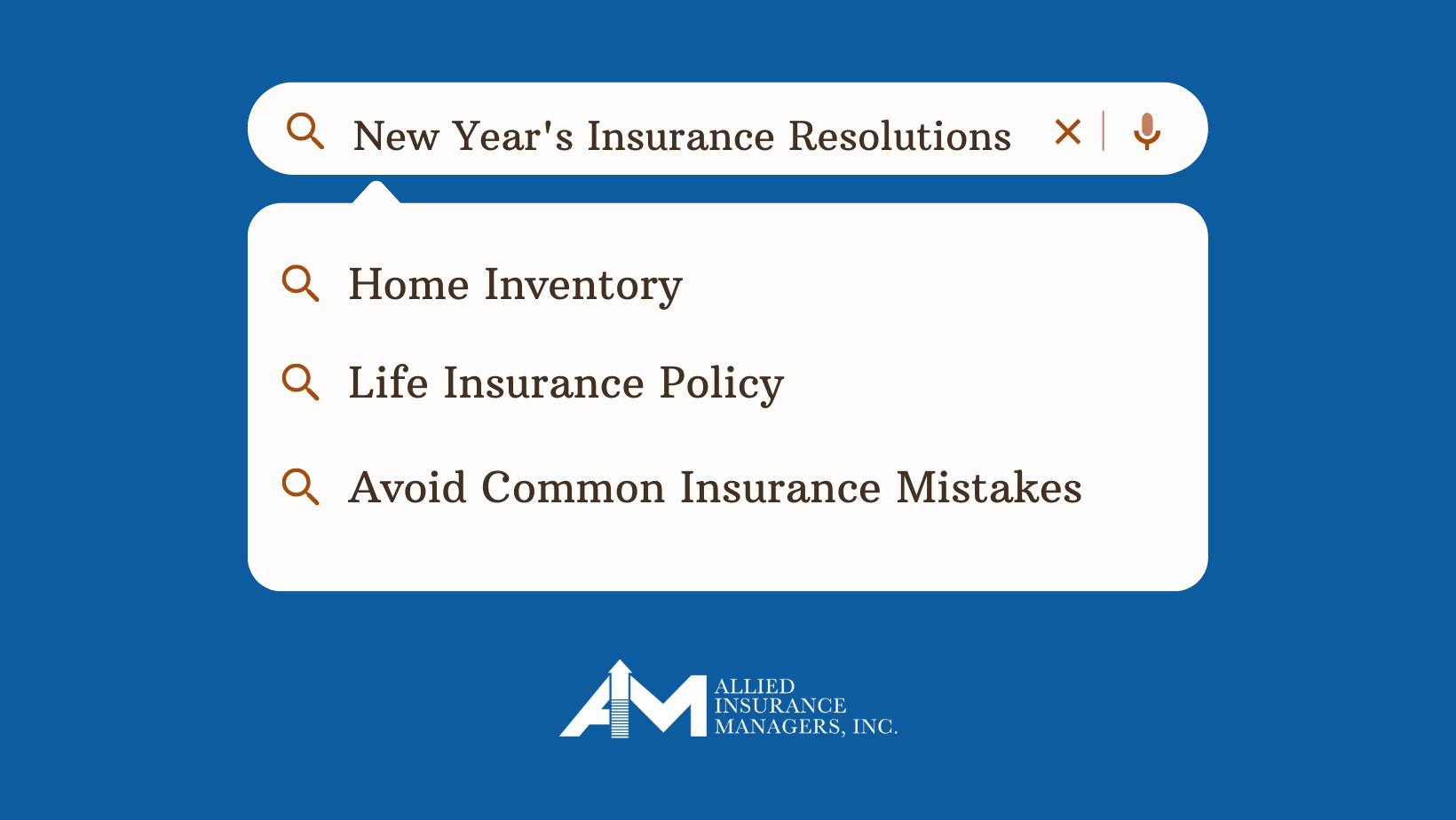Top 5 OSHA Violations to Avoid in 2023

As we start a new year, we thought it would be appropriate to look back at the top five most common Occupational Safety & Health Administration (OSHA) Violations.
Fall Protection
Fall Protection has reached its 11th year ranking at the top of OSHA’s common violations list. This year, there were 5,260 violations. Appropriate and effective fall protection is crucial because it can prevent serious work-related injuries and deaths.
Fun Fact!
Although the terms are used interchangeably, there’s a difference between fall protection and fall prevention. Fall prevention’s goal is to keep accidental falls from occurring in the first place, often through training or clearly marked barriers.
Fall protection is any equipment used to minimize an injury in the event an accidental fall occurs.
If you are interested in a more detailed run-through of your fall protection rights under OSHA, you can click here for more information!
Hazard Communication Standard
Hazard Communication ranked 5th on the list of most common OSHA violations in 2021, but it rose to 2nd place during 2022 with 2,424 violations recorded under this category.
All workers have the right to know and understand any work hazards that they may encounter while on the course of a job. According to OSHA, information about the identities and hazards of the chemicals must be available and understandable to workers. The descriptions should be clear and concise and avoid using technical jargon that may obscure the true risk involved.
Respiratory Protection
There were 2,185 violations filed under respiratory protection. This OSHA protection states that workers must be provided with respirators or other respiratory protection when required for the job.
Respirators are important because they protect workers against various environmental hazards, including insufficient oxygen environments, harmful dust, smoke, gases, vapors, and sprays. Protecting one’s lungs from on-the-job hazards can avoid long-term injury or death.
Go here for a detailed description of possible respiratory protection.
Ladder Safety
Another important OSHA guideline focuses on ladder safety. This year there were 2,143 violations.
Do you want to brush up on ladder safety and ensure your workplace follows crucial safety techniques? Click here to read our article focused entirely on ladder safety!
OSHA also provides an in-depth explanation of ladder safety requirements here.
Scaffolding
There were 2,058 violations reported under scaffolding infractions. As stated by OSHA, scaffold incidents causing injury or death to workers is often the result of either the planking or support giving way, by the worker slipping, the absence of fall protection, or being struck by a falling object.
The most important takeaway when examining this list of common OSHA violations is that your employer is required to provide working conditions that are free of known dangers. If you are interested in learning more safety tips, OSHA provides state-specific safety courses.
Are you ready to reevaluate your business’s insurance coverage to ensure that you and your employees are protected while on the job? Click here to get a quote today!

